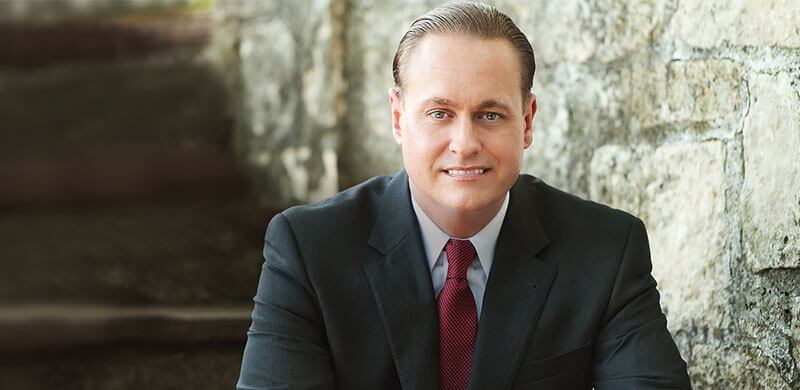If the police detain someone and place him or her in the car for transport but fail to secure the person’s seatbelt, thus subjecting him or her to injury when a
car accident happens on the way to the police station, can that person sue the officers? This point is hotly debated. Here are some of the basics on what constitutes a failure to protect.
Failure to Protect
The most common example is when an adult fails to do something generally considered reasonable to safeguard or rescue a child from abuse or neglect. The adult in question might be a non-abusive parent or guardian who knows the abuser’s identity but does not report them to the police. This state of protection exists for anyone in a
legally recognizable position of authority over others. Teachers, first-responders, doctors, police officers, and daycare workers all carry the same obligation to protect.
Civil Liability
Can a person file suit against an officer, claiming failure to protect for injury sustained because of the officer’s inaction? According to the U.S. court system, due process clauses guaranteed in the Fifth and Fourteenth amendments allow a civil lawsuit under two doctrines: special relationship and state-created danger.
Special Relationship
This exists when the state takes control of a person in such a manner that a
requirement to protect exists. Examples of this include a prisoner or state-committed mental patient. Any entity taking control of another person must protect that person against reasonable or foreseeable dangers.
Corrections officials face this kind of claim most often, but any police officer working in a jail or holding a person in custody could face charges of negligence or abuse. If an officer is holding a person in cuffs when they are both attacked, the officer must protect the individual because he or she cannot defend themselves. If the officer does not properly buckle the seatbelt of a detained person and that person is injured in an accident, the officer failed to protect the person from harm.
State-Created Danger
This situation occurs when a person
receives injuries because an employee of the state, a police officer, for example, acted incorrectly or because the officer failed to act in an obviously dangerous situation. Failure to protect a person does not always violate the due process guaranteed in the Constitution; however, it does violate it when the state creates a dangerous situation or unnecessarily exposes a person to risk he or she would not have faced otherwise.
Put differently, if an officer intervenes, and that intervention exposes another person to danger they would not have otherwise faced, they may face liability. The same liability exists when a person is put in danger by a failure to act.
Examples
In Wood v. Ostrander, Washington state troopers impounded the car of a drunk driver they arrested, forcing the wife to walk home alone in an area noted for high levels of crime. A driver later offered help, only to
rape her in a secluded area. The Court of Appeals declared that the police created the situation through their act of detaining the car and through their inaction in not providing the wife safe passage home.
In Kennedy v. Ridgefield, the Kennedy family reported their nine-year-old daughter’s molestation by their neighbor’s 13-year-old son. They also said they feared the boy because of his instability. The police promised protection, but they failed to properly inform the Kennedy’s that they had interviewed the boy. The accused boy broke into the Kennedy’s house that night and
shot both parents, killing the father. The Court of Appeals stated that the failure of the police to alert the Kennedys, and provide the promised protection, placed the victims in a dangerous situation that would not have existed otherwise.



















